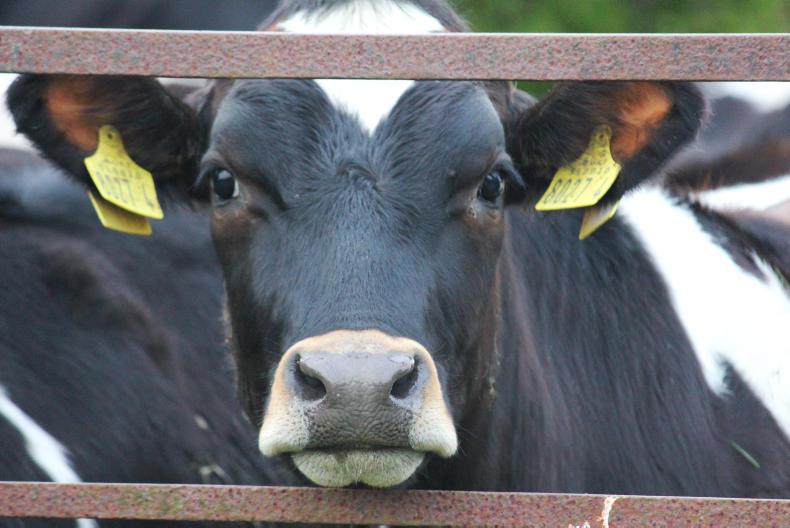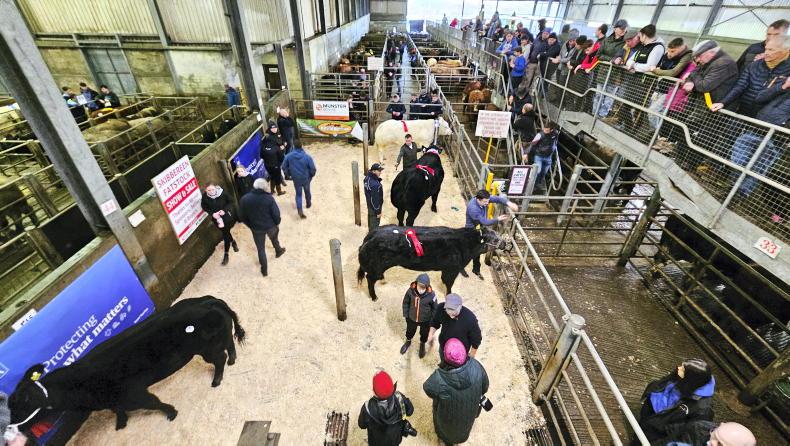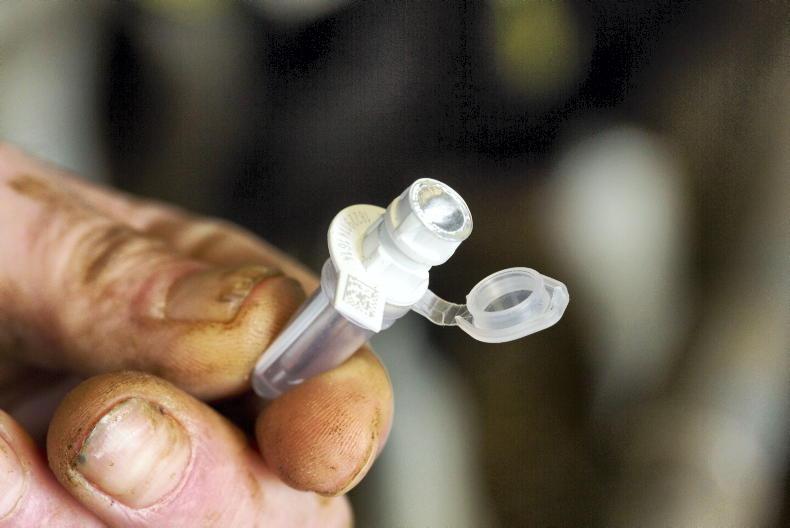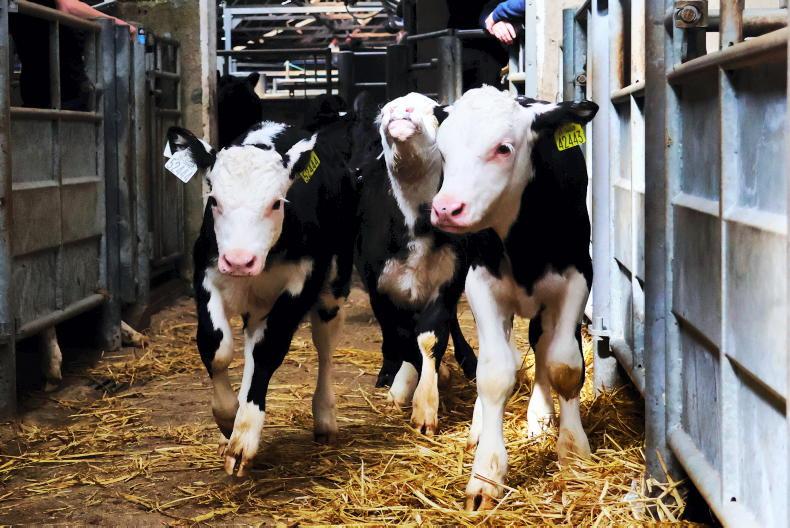A few months ago, I had a conversation with someone who had been involved in the discussions for the new TB eradication programme.
He knew it wouldn’t be welcomed by all farmers, but we agreed that the short-term pain of extensive and severe implementation strategies would be best for all concerned.
I must have been wearing my Mr Sensible hat at the time because I seem to remember nodding in a positive manner at everything he said, and I used the word ‘‘absolutely’’ quite a few times to emphasise my support and enthusiasm for the chance to rid ourselves of this terrible scourge.
Fast-forward two or three months, and Mr Sensible has been replaced by a ranting, swearing, frustrated farmer who yearns for a return to the good old days of free movements of cattle in the name of common sense. Futuristic policies that plan for the longer term are all very fine and good, until they make life a bit more awkward for ourselves.
Under the new rules (I am told), if an animal is found to be inconclusive (IC) during a TB test, then that herd can be treated as a breakdown if it had reactor animals in previous years. It means strict movement restrictions are immediately implemented.
And this is exactly what has happened to the herd that I am contract-rearing heifers for, resulting in the non-arrival of this year’s intake of dairy-bred calves.
The plan was to have them here by mid-May, but that date has now been moved back to the end of July at the earliest. If there are any more reactors, then it’ll be at least two months later still.
I’ve never been an advocate of having all your eggs in one basket, and this is yet another example of those dangers. Imagine if an individual farm completely commits to rearing, say, 100 of these animals, then falls foul of red tape and bureaucracy.
I understand that cattle can’t shift from farm to farm in a haphazard fashion, but what about those fragmented businesses, working with conacre and where cattle are distributed over half the country anyway?
Inseminated
On a more positive note, last year’s heifers were artificially inseminated on 11 May, after going through the full synchronisation programme. I must hold my hand up and admit that my previous knowledge of this subject was zero, and it was something of a surprise to discover how regimented the whole process is.
In my blissful ignorance, I thought there was some sort of injection, then had a vague idea that the AI man would casually appear after a few days to do the business.
When the programme was explained, from day zero through day six, seven, eight, then nine, my main concern was how to get the heifers anywhere near the crush.
I suppose I was still thinking about the beef cattle, where enticing them into a yard for any reason is a major exercise in bovine management. But these are different creatures, and they follow you everywhere like friendly dogs.
Not only did they wander into the yard on five occasions, they appeared to bear no grudge that every time they walked down the crush, it was either to be injected, or have someone’s arm thrust inside them.
I remarked to the AI man that if you tried to do that with a few of the store cattle that I’ve had, someone would be seriously injured.
Bull
I am told to expect around 60% of the heifers to be successfully artificially inseminated, and then we plan to run a young Angus bull with them and he will hopefully pick up the repeats.
Again, my inexperience means that I’m not quite sure how this will all work out. I have been trying to remember the last time a bull ran with cows on this farm, and I reckon it was a Limousin bull with black west of Ireland heifers.
I reckon this was 25 years ago, when I was a lighter, fitter version of the grey-haired specimen that lumbers around the yard these days.
I’ll have to remember my severe lack of speed and flexibility when I’m checking these cattle, and keep a few heifers between me and that black fella.
Watch: lungworm dose that went badly wrong
Watch: dairy-bred calves off to a positive start of Farmer Writer’s farm










SHARING OPTIONS